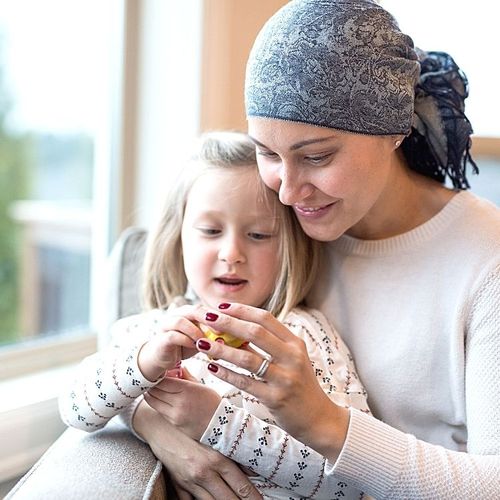An American adult diagnosed with cancer today has a 64% chance of surviving for at least five years, while almost 80% of children who have cancer can expect similar outcomes, according to data from the National Cancer Institute (NCI).
The dramatic increases in survival apply to many malignancies, says Julia Rowland, director of the Office of Cancer Survivorship at the NCI. The lives of cancer survivors today are increasingly active and pain-free, she adds. "In many, many studies that have come out, the majority of survivors--those that have been successfully treated-are telling us they have an adequately good quality of life."
Cancer in Seniors
"Stories that you read in the paper or see on the media often focus on the very poignant tales of individuals who are young and struggling with this disease," Rowland adds. "But, in reality, the majority of survivors are over the age of 65."
In fact, 70% of cancers occur among individuals ages 50 to 85 years, the experts report.
According to Dr. 'W Archie Bleyer, director emeritus of the M.D. Anderson Community Clinical Oncology Program in Houston, gains in cancer survivorship in this age group have been impressive.
Living Longer
All the experts agree that Americans have reason to be more hopeful now than ever before in the face of a cancer diagnosis.
According to Bleyer, advances in early detection, better and more targeted drugs and improved technologies are making remission a reality for millions. Among the most impressive statistics reported...
· More survivors. In 1971, an estimated 3 million Americans, or 1.5% of the total population, were living with cancer. Today, the number of cancer survivors has tripled, to 9.8 million, or approximately 3.5% of the population.
· Longer survival. Of cancer survivors in the US, 14% have beaten their disease for longer than 20 years.
· Better prognoses for older patients. The biggest annual gains in survival were seen among patients between 50 and 85 years old. According to NCI data, in 1975, 43% of patients in this age group could expect to live for five years post-diagnosis; by 1997 that had increased to 64%-a gain of almost 2.4% per year, which was the best year-to-year improvement for any age group.
· Better treatment of childhood cancers. Almost 75% of children diagnosed with cancer before the age of 15 can now expect to live for at least 10 years
· Success against common adult malignancies. Long-term survivors are most likely to have bad a cancer of the breast (22%), prostate (17%), colon or rectum (11%o) or the cervix or uterus (10%).
Life After Cancer
Rowland stresses that because more Americans are winning the battle against cancer, the medical community must begin to focus on life after cancer.
"'We're hearing from survivors that being cancer-free does not mean being 'free' of your cancer," she says. Survivors often experience other physical problems, depression and fear of recurrence.
Rowland says cancer survivors are increasingly taking an active role in their treatment and follow-up care, but more can be done to make sure they get the help they need.
Dr. LaSalle D. Leffall, Jr., chairman of the board of the Susan B. Komen Breast Cancer Foundation, agrees. Leffall, who was appointed by President Bush in 2002 to head the President's Cancer Panel, is a strong advocate of better oversight for patients who have finished active treatment.
Electronic health records, in particular, can help patients manage their care should they encounter a recurrence of the disease, he says. According to Leffall, many long-term survivors have trouble tracking down information on their prior surgeries or prior chemotherapies.
"They say to us, 'I called up and found that my doctor had retired, and now I don't know where my records are,"' explains Leffall. Electronic records would be portable and confidential, he adds, and would be kept ready for patient use throughout his/her life.
